| The Laminitis Site is now a charitable company (No. 8530292)! In May The Laminitis Site was registered as a company limited by guarantee for charitable purposes with the following Objects: 1 To provide information and education on laminitis; 2 To fund and carry out research into laminitis and any related subject; 3 To care for and provide grants for the care of equids with laminitis. In due course we plan to register with the Charities Commission, but for the moment we are being kept busy with laminitis cases and research, so fund raising and administration are on the back burner. To date, all expenses incurred have been met by The Laminitis Site's founders, Andrea Jones and husband Martin Lefley - it is the philosophy of TLS that all information, advice and help is given free of charge and is available to anyone in need. However, requests to be able to make donations received from happy owners with rehabilitated horses led to the formation of the charitable company, and TLS is now able to receive donations, which will be used solely for the Objects listed above (Paypal Donate buttons can be found on most pages of the website). | The Laminitis Site thanks everyone for their support, and is looking forward to being able to help even more horses recover from and ideally avoid laminitis in the future! |
To support our application to become a registered charity, we have to demonstrate "public benefit". If you feel you have "benefited" - perhaps from information on The Laminitis Site website or Facebook page, from a reply by Andrea to a question on a forum or support group, or from direct help, either via the internet or in person, we'd love to hear from you - you can post on TLS Facebook, contact us or email thelaminitissite@

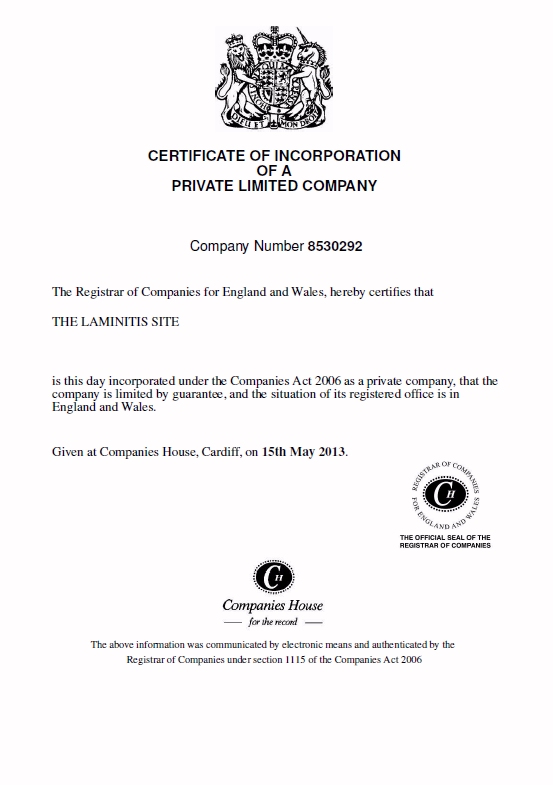
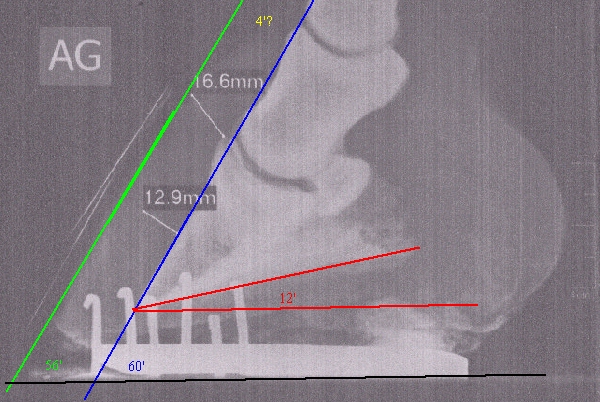
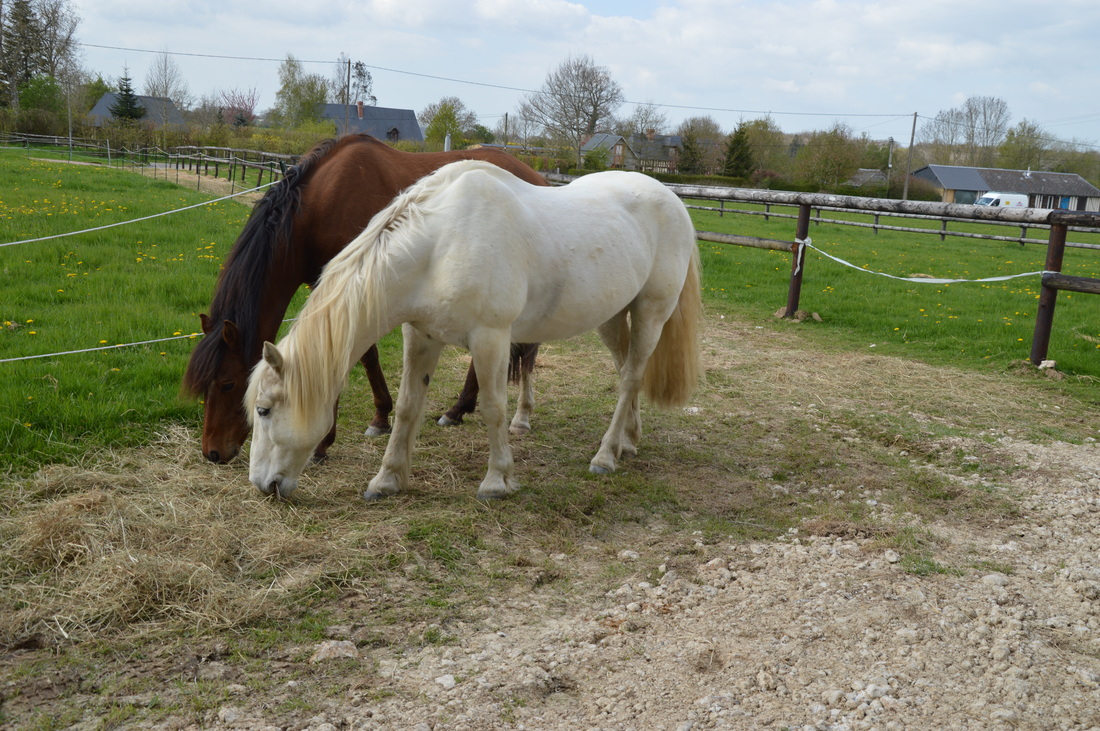
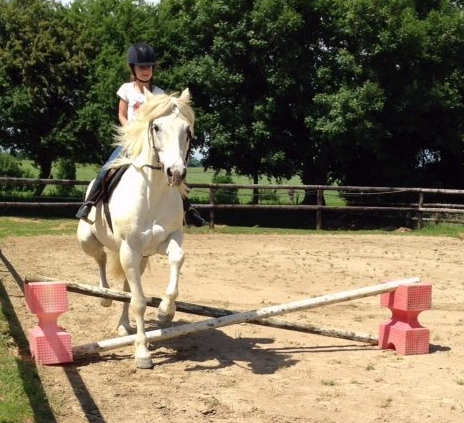
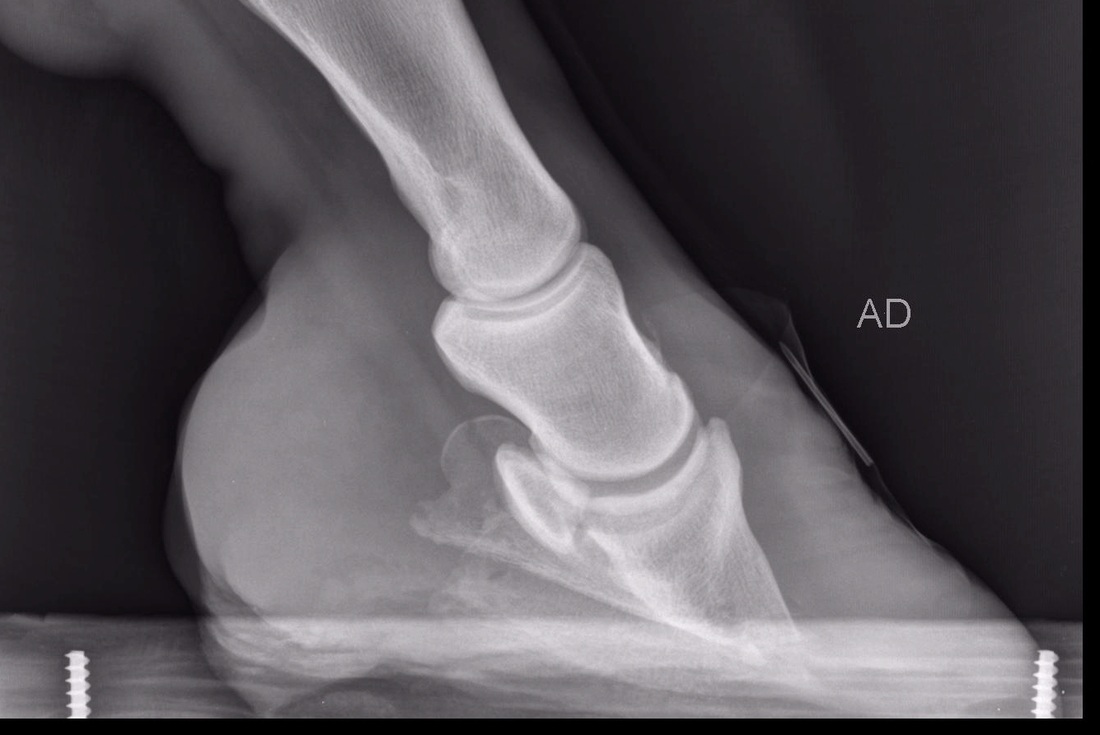
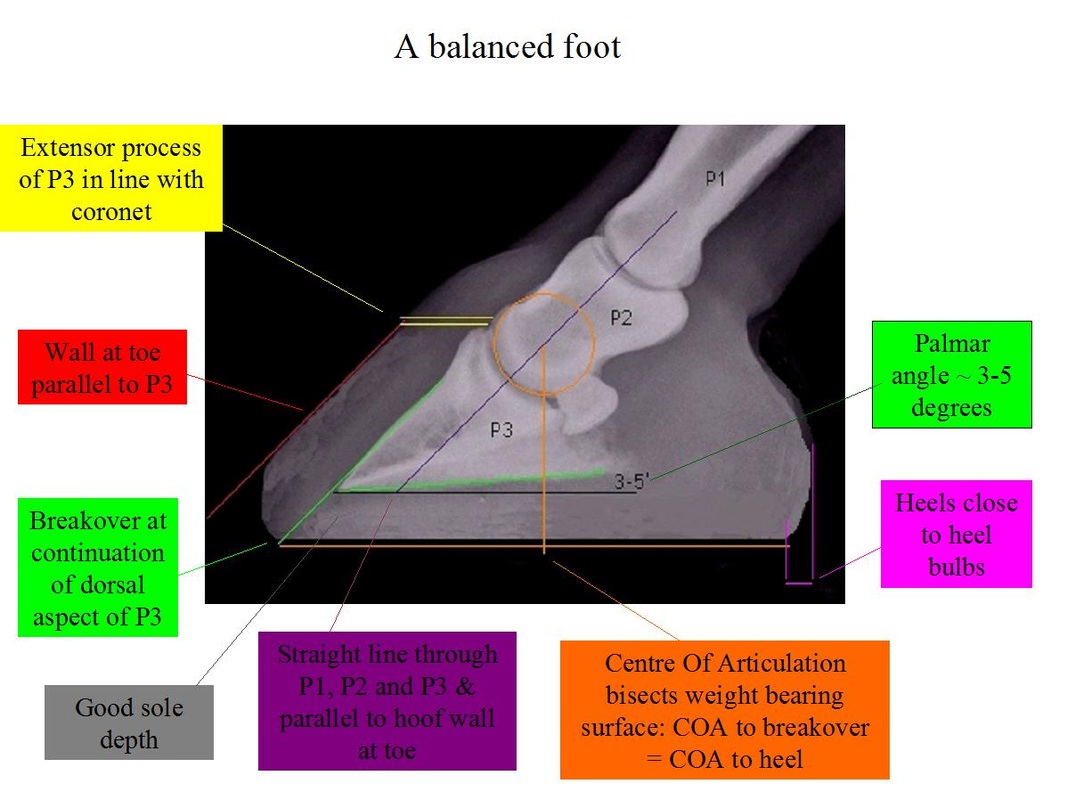
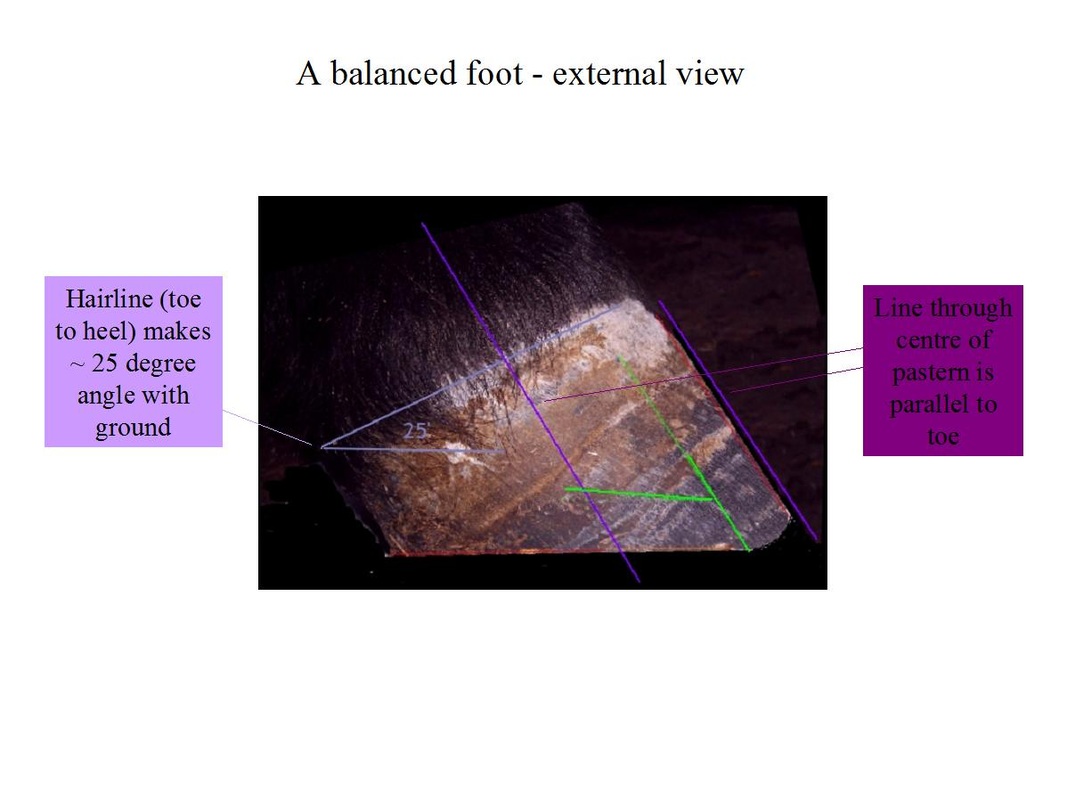
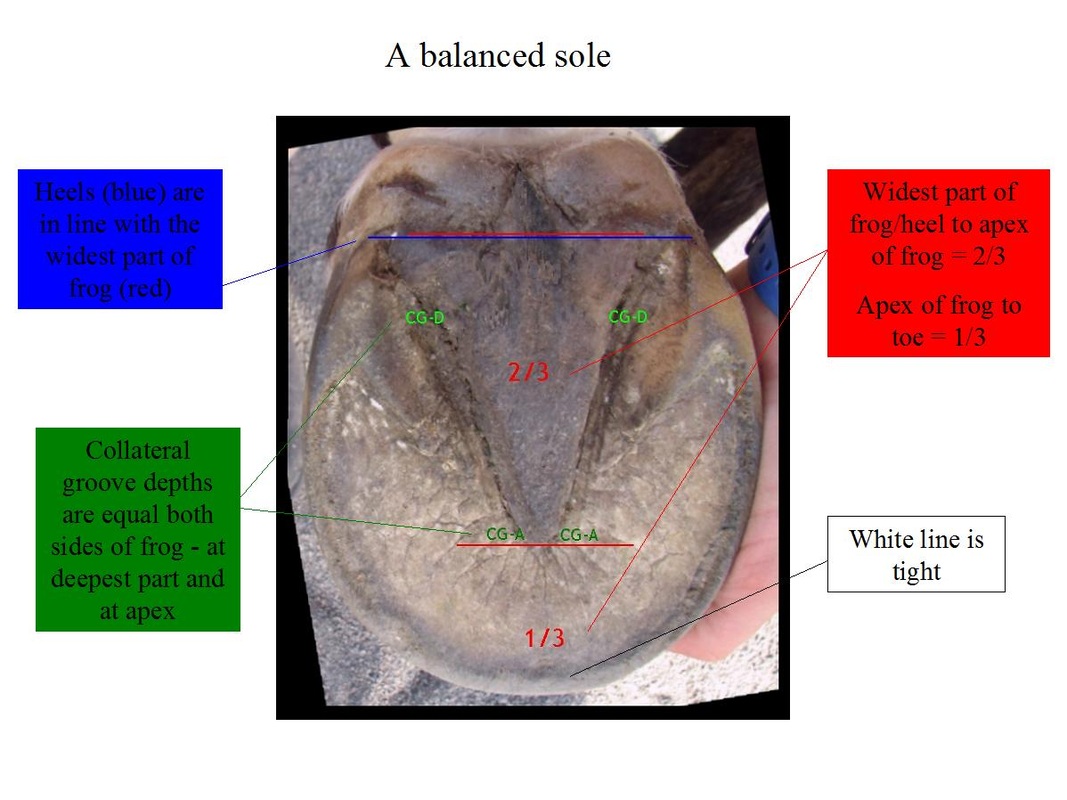
 RSS Feed
RSS Feed